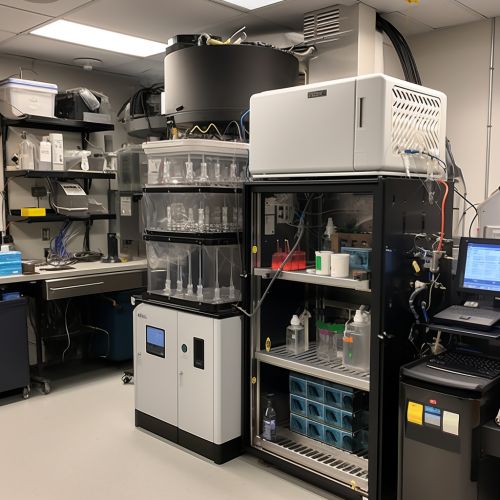Genome
Introduction
A genome is the complete set of genetic material present in an organism or a cell. It includes both the genes (the coding regions) and the noncoding DNA, as well as the genetic material of the mitochondria and chloroplasts.
Structure and Function
The genome is the genetic blueprint of an organism, containing all the instructions necessary for the growth and development of that organism. It is composed of DNA (deoxyribonucleic acid), a complex molecule that encodes genetic instructions. The DNA molecule is made up of two strands, each consisting of a long sequence of four different types of molecules known as nucleotides: adenine (A), thymine (T), guanine (G), and cytosine (C).


The sequence of these nucleotides is what determines the genetic information contained in the genome. This information is used by the cell to produce proteins, which are the building blocks of the body and play a crucial role in most biological processes.
Genomic Variation
Genomic variation is a term used to describe the variation in the genome of individuals within a species. This variation is the result of mutations, which are changes in the DNA sequence. Mutations can occur in many different ways, including through errors during DNA replication, exposure to certain chemicals or radiation, or due to the insertion or deletion of DNA segments.


These mutations can lead to variations in the proteins that are produced by the cell, which can in turn lead to differences in physical traits, susceptibility to diseases, and other aspects of biology. Understanding genomic variation is a key aspect of genetics and genomics research, and is crucial for understanding the genetic basis of diseases and for developing personalized medicine approaches.
Genomic Sequencing
Genomic sequencing is the process of determining the complete DNA sequence of an organism's genome. The first complete genome to be sequenced was that of the bacterium Haemophilus influenzae in 1995. Since then, the genomes of many other organisms have been sequenced, including the human genome, which was completed in 2003 as part of the Human Genome Project.


Genomic sequencing has revolutionized the field of genetics and has led to many important discoveries. It has allowed researchers to identify the genes associated with various diseases, to understand the evolutionary relationships between different species, and to study the function of different genes and their role in development and disease.
Genomic Medicine
Genomic medicine is an emerging field that uses genomic information to guide the diagnosis, treatment, and prevention of disease. It involves the use of genomic sequencing to identify the genetic variants that are associated with a particular disease, and then using this information to guide treatment decisions.


This approach has the potential to revolutionize healthcare by allowing for more personalized treatments that are tailored to the individual's genetic makeup. However, it also raises a number of ethical, legal, and social issues, including questions about privacy, discrimination, and access to genomic information.
Conclusion
The study of the genome has revolutionized our understanding of biology and has the potential to transform medicine. As our knowledge of the genome continues to grow, so too will our ability to use this information to improve human health.
